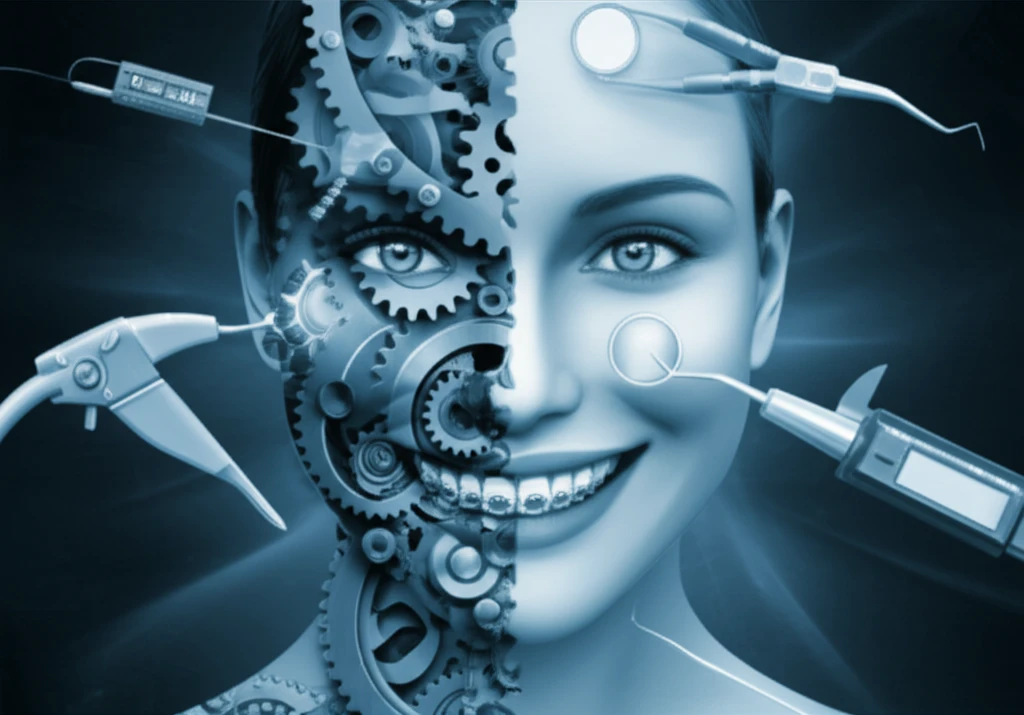
Unlocking Your Smile's Potential: A Comprehensive Guide to Clinical Exams and Diagnostics
"Go beyond the surface! Learn how thorough clinical exams and advanced diagnostics pave the way for successful and personalized orthodontic treatment, transforming smiles and lives."
In orthodontics, achieving a perfect smile goes beyond simply straightening teeth. A truly successful outcome requires a comprehensive understanding of a patient's unique oral and facial structure, potential underlying issues, and individual needs. This is where thorough clinical examinations and advanced diagnostic tools become indispensable.
Clinical examinations provide a hands-on assessment of your oral health, allowing your orthodontist to identify any visible signs of concern. These include evaluating your facial structure, teeth alignment, gum health, and jaw function. Detailed assessments help highlight areas needing attention and act as a roadmap for a successful treatment plan.
To gain a deeper insight and tailor the process, orthodontists also rely on advanced diagnostic tools. From X-rays and 3D imaging to functional assessments, these technologies allow for a more precise evaluation of your oral and craniofacial structure, enabling a more accurate and effective treatment strategy.
The Power of Clinical Examination: A Detailed Look

The clinical examination forms the foundation of any orthodontic treatment plan. During this examination, your orthodontist will carefully assess various aspects of your oral and facial health, keeping in mind changes due to aging, past dental history, breathing patterns and lifestyle influences.
- Facial Analysis: Evaluating facial symmetry, profile, and the relationship between facial features and teeth.
- Dental Assessment: Examining tooth alignment, spacing, bite, and any signs of wear or damage.
- Periodontal Evaluation: Assessing gum health, presence of inflammation, recession, or pockets, and bone support.
- Functional Analysis: Assessing jaw movement, muscle function, and any signs of temporomandibular joint (TMJ) disorders.
- Airway Evaluation: Identifying any breathing issues like mouth breathing or sleep apnea, which can impact craniofacial development.
Putting It All Together: Towards a Healthy, Beautiful Smile
Clinical examinations and diagnostics are essential for creating personalized orthodontic treatment plans that address both the aesthetic and functional aspects of your smile. By combining a detailed clinical assessment with advanced diagnostic tools, your orthodontist can develop a treatment strategy that meets your unique needs and ensures the best possible outcome for a confident, healthy smile that lasts a lifetime.
